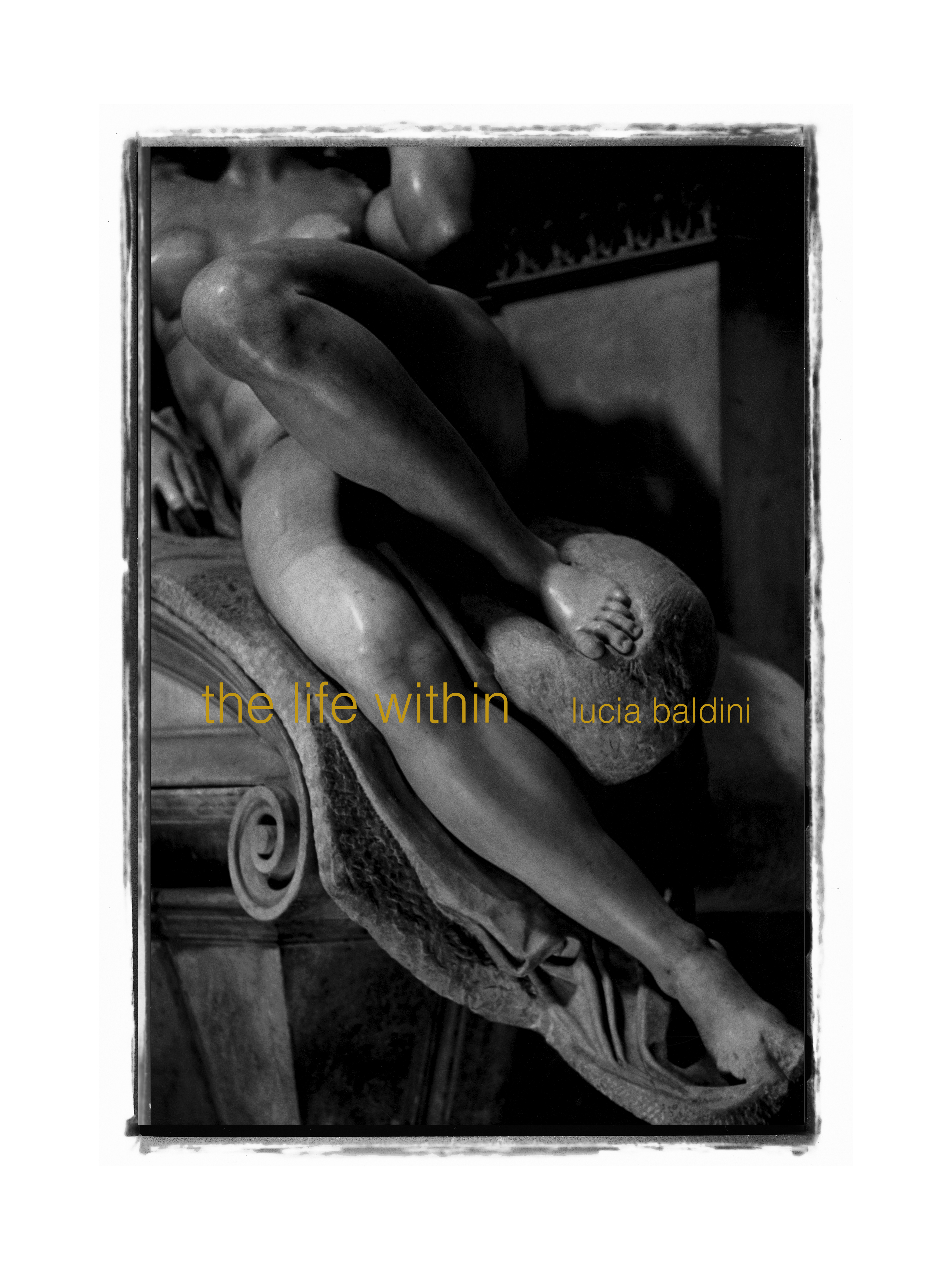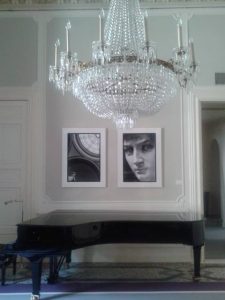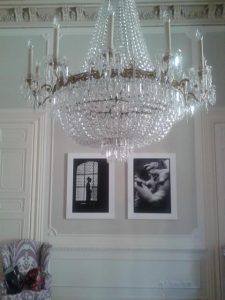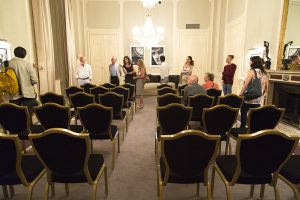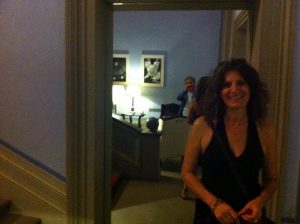The life within
Il lato umano dell’immortalità dell’arte
Lucia Baldini è una fotografa che con il teatro e la danza condivide le sue emozioni e il suo sguardo facendo del palcoscenico il luogo in cui assorbire e riproporre il senso del vivere la propria esistenza. La sua cifra stilistica e narrativa si nutre del cogliere espressioni emotive che passano attraverso il corpo, il movimento e la gestualità.
Con l’opportunità di costruire un ampio lavoro fotografico sui musei fiorentini per la realizzazione di un progetto editoriale ed espositivo, ha voluto applicare la sua modalità stilistica, sviluppata con la relazione professionale nell’ambito teatrale, anche per l’Arte.
La filosofia che ha condotto la Baldini durante questo lavoro è stata quella di cogliere il lato umano delle opere d’arte. Plasticità corporea, espressioni, sensualità, relazione tra l’Opera e il pubblico. Un gioco complice in cui chi guarda costruisce una relazione con l’Opera che sta vedendo cogliendone un’espressione più nascosta dettata da un particolare, da una luce, da un’ombra, nel tentativo di cogliere un respiro segreto e vivo dell’Opera stessa, rendendola tangibile e animata. L’Opera che esce da se stessa, si rilassa, si rivolge all’osservatore donandosi libera dagli schemi. Non più l’Opera vista e conosciuta dalla riproduzione statica, ma in questo caso viva, attiva, pronta ad alzare lo sguardo e ad entrare in diretta relazione con lo spettatore. Con lo stesso sguardo anche i luoghi abbandonano la severità della sala museale per divenire accoglienti e allo stesso tempo misteriosi, offrendo sguardi più intimi e privati lasciando allo spettatore un varco, un nascondiglio.
I lavori proposti sono stati realizzati in tecnica analogica in bianco e nero, in primo luogo per togliere ogni possibile connotazione di riproduzione documentaristica delle opere e in secondo luogo e più importante, come omaggio ai fotografi dei musei fiorentini che a fine ottocento, con tecniche analoghe a quella contemporanea usata dalla Baldini, si sono confrontati con i luoghi e le Opere dei musei Fiorentini.
Bibliografia:
Capolavori in bianco e nero – edizioni Sillabe 2007
D’improvviso i musei di Firenze – edizioni Sillabe 2008
Ammannati a Firenze – Firenze magazine 2011
The life within
Lucia Baldini is a photographer who has spent many years working in theatrical settings, capturing the movement of dancers and performers of every type. This exensive exposure to a world of silent expression and creativity has lead to her great ability to trasmit this wealth of emotion in all of her work, including of interiors and sculptures which come to life through their expressions, gestures, juxtpositions and relationship to the real world.
Thanks to an opportunity to enter the museums of Florence and to photograph the exhibits within for an exibition and a book, Lucia was able to put together a large collection of images which express the life and emotion of the works of art in the same way as her real life subjects.
Baldini’s philosophy in carrying out this work was to capture the human side of the works of art, their emotional, not physical aspect. Physical movement, expressions, sensuality and the realationship between the works and the public.
The photos suggest a new and emotive way for us to view these well-know works of art thanks to Baldini’s way to seeing; through a hidden shadow or a details of the light which renders the work of art alive, tangible, breathing.
The artwork in turn relaxes before our very eyes, no longer under the scruting of thousands of onlookers admiring its form, but in the company of like-munded souls to whom it turns and with a sigh of relief gives of its self completely. No longer the artwork that we recognize from its size, its shape and its form but alive, active, ready to raise its glance at any moment and enter into a relationship with us, the viewer.
Under Baldini’s gaze even the austere enviroment of the museum itself, often intimidating in iits grandeur and splendour becames more welcoming and almost like an intimate hiding place from the world when viewed in this light.
The exibition contains black and white analogue photography for two reasons: firstly to eliminate any association between existing catalogue photographs of these works and secondly and more importantly as a personal tribute to the 19th century photographers who worked in the florentine museums using the sane technique.
